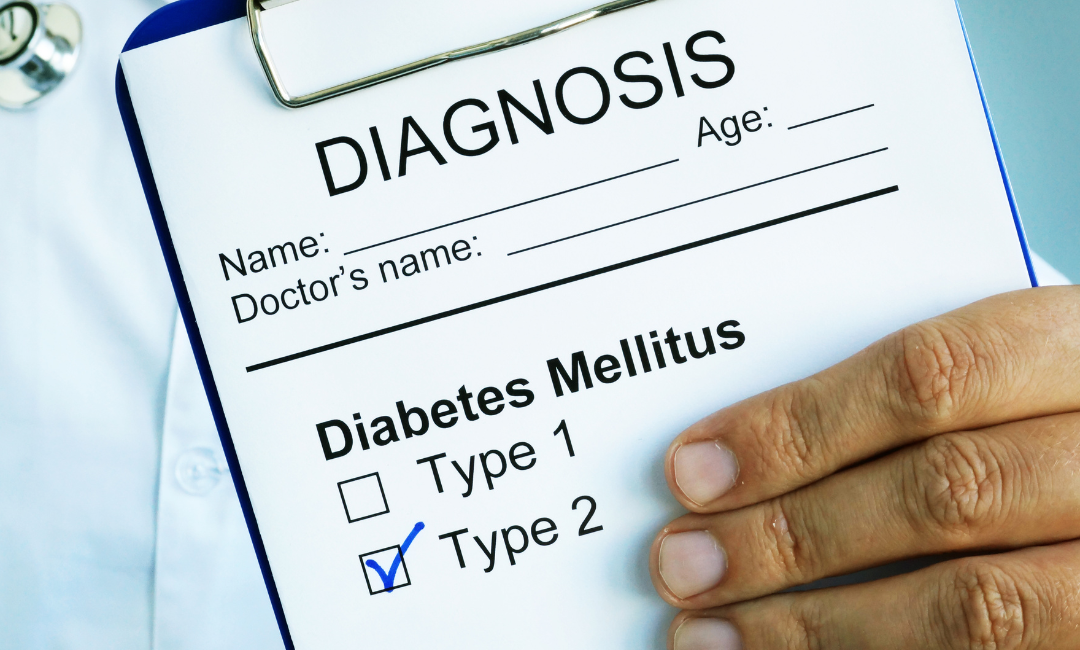Angiotensin Receptor Blocker Mechanism of Action
Angiotensin receptor blockers block the receptor binding of angiotensin II to its receptors. Since angiotensin has vasoconstricting effects and secretes aldosterone, blood pressure increases.
When it can not bind to its receptors in many tissues, including vascular smooth muscle and adrenal glands, its actions are blocked. This causes blood pressure to lower.
Angiotensin receptor blockers do not inhibit the production of angiotensin-converting enzymes that convert angiotensin I to angiotensin II like ACE inhibitors do. Instead, they block the receptor sites of angiotensin II.
ARBs are preferred over ACE inhibitors because they do not cause a breakdown in bradykinin. When bradykinin accumulates in the pulmonary tree, it causes cough – a common side effect of ACE inhibitors.
Therefore ARBs are commonly used in patients having coughs with ACE inhibitors.
For the treatment of hypertension, ARBs may be combined with other drugs, most commonly diuretics.
- Valsartan may also be used in patients with heart failure as an alternative to ACE inhibitors.
- Losartan and Ibersertan are indicated in patients with diabetes because of their inherent renal protective effects.






